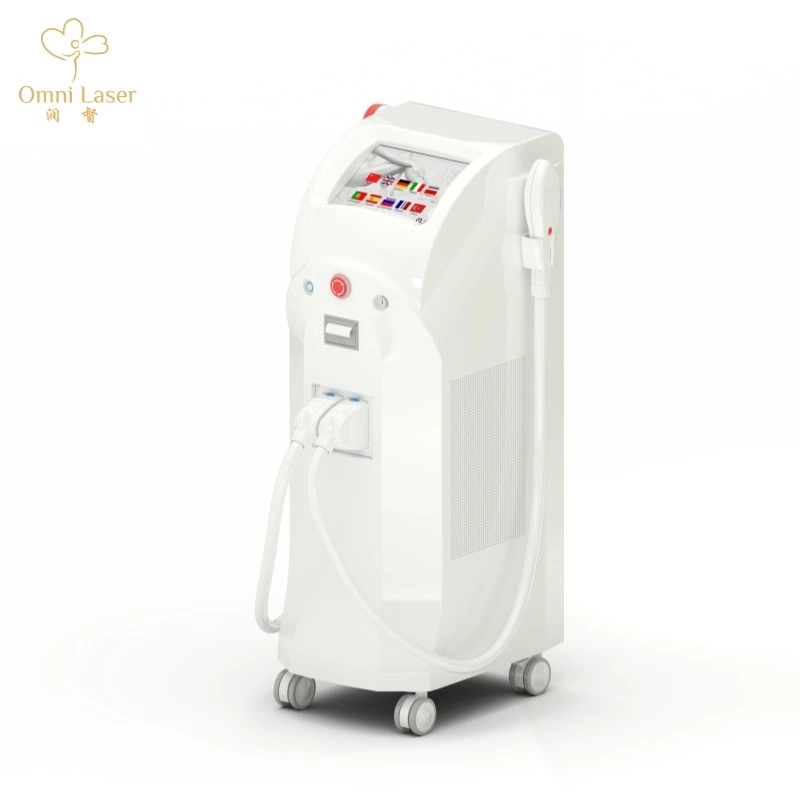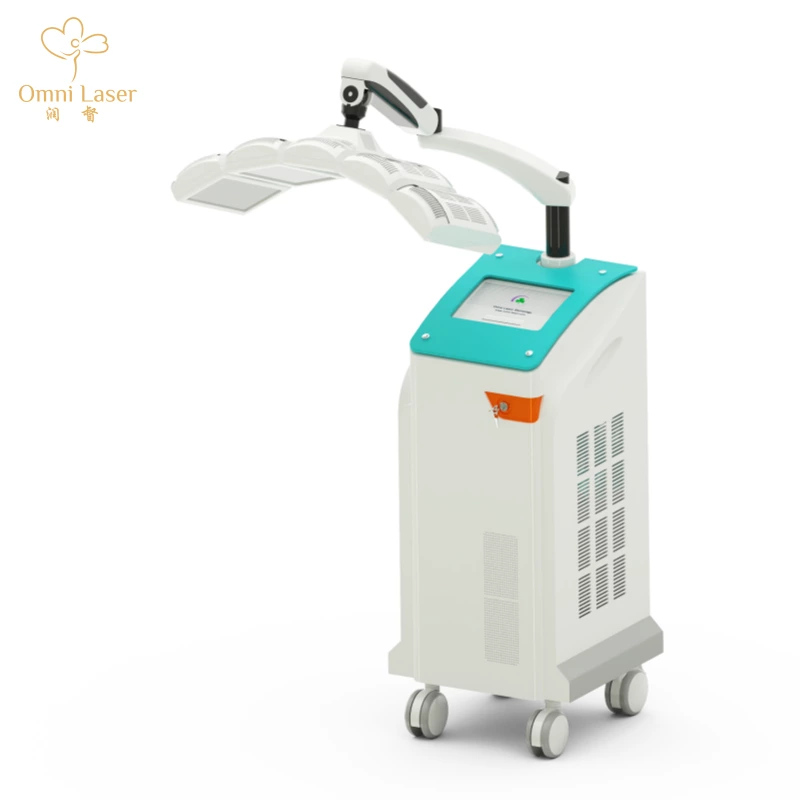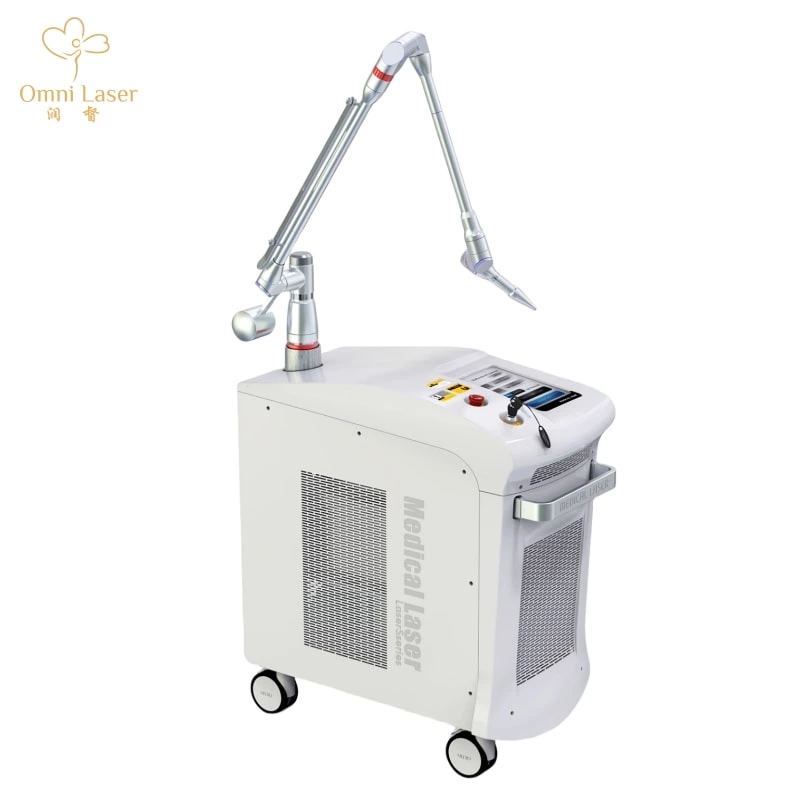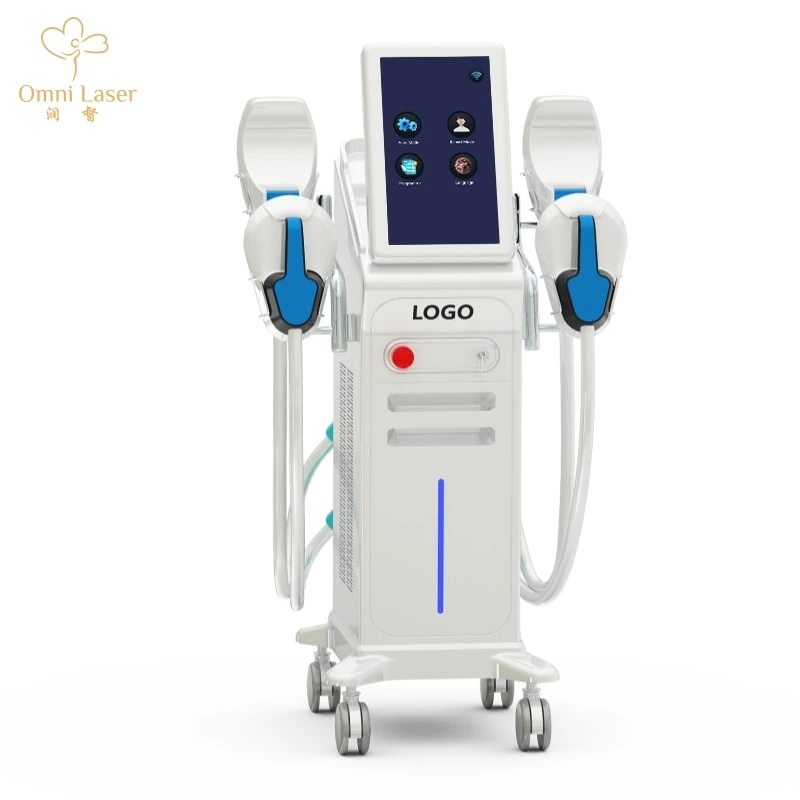The Application of Photodynamic Therapy in Acne Treatment
The Application of Photodynamic Therapy in Acne Treatment
Acne, one of the common skin complaints, brings significant physical and psychological stress to the patients due to its recurrent nature and difficulty to cure. Over the years, dermatologists have been seeking effective acne treatments with the least side effects. In this regard, Photodynamic Therapy has shown notable effectiveness and has been widely used in acne treatments.
Unlike other treatments, PDT is non-invasive. It uses light of a specific wavelength to activate pharmaceuticals, allowing them to destroy or repair specific cells or tissues (such as acne lesions). In PDT for acne treatment, a photosensitizing agent called 5-aminolevulinic acid (5-ALA) is used. 5-ALA can be absorbed by the acne bacteria and converted into a substance called PpIX. This substance generates oxidative stress when illuminated by light of certain wavelengths and leads to the death of acne bacteria.
Importantly, PDT is targeted. Since 5-ALA is mainly absorbed by acne bacteria, PDT mostly destroys the lesion area, minimizing the effect on the surrounding normal skin.Moreover, PDT has a short recovery time and fewer side effects. Generally, the skin might exhibit minor redness and swelling after treatment, but these symptoms subside within a few days. Furthermore, compared to other acne treatments, PDT doesn't lead to drug resistance in patients.
In summary, PDT is an effective means to treat acne. However, its optimum effectiveness depends on individual acne conditions and the treatment design by physicians. Therefore, any patient who wishes to choose PDT for acne treatment is advised to do so under the guidance of a physician.
Clinical research has shown the effectiveness of Photodynamic Therapy in the treatment of acne. For instance, a study report from 2018 stated that patients’ acne conditions were significantly improved after three sessions of PDT. This randomized, controlled, blinded study which involved 86 acne patients revealed that those who underwent PDT had a more notable improvement in their acne conditions one and three months post-treatment than those who underwent conventional treatments.Another comparative study published in 2019 between PDT and oral erythromycin for the treatment of acne found that PDT performed better in.






